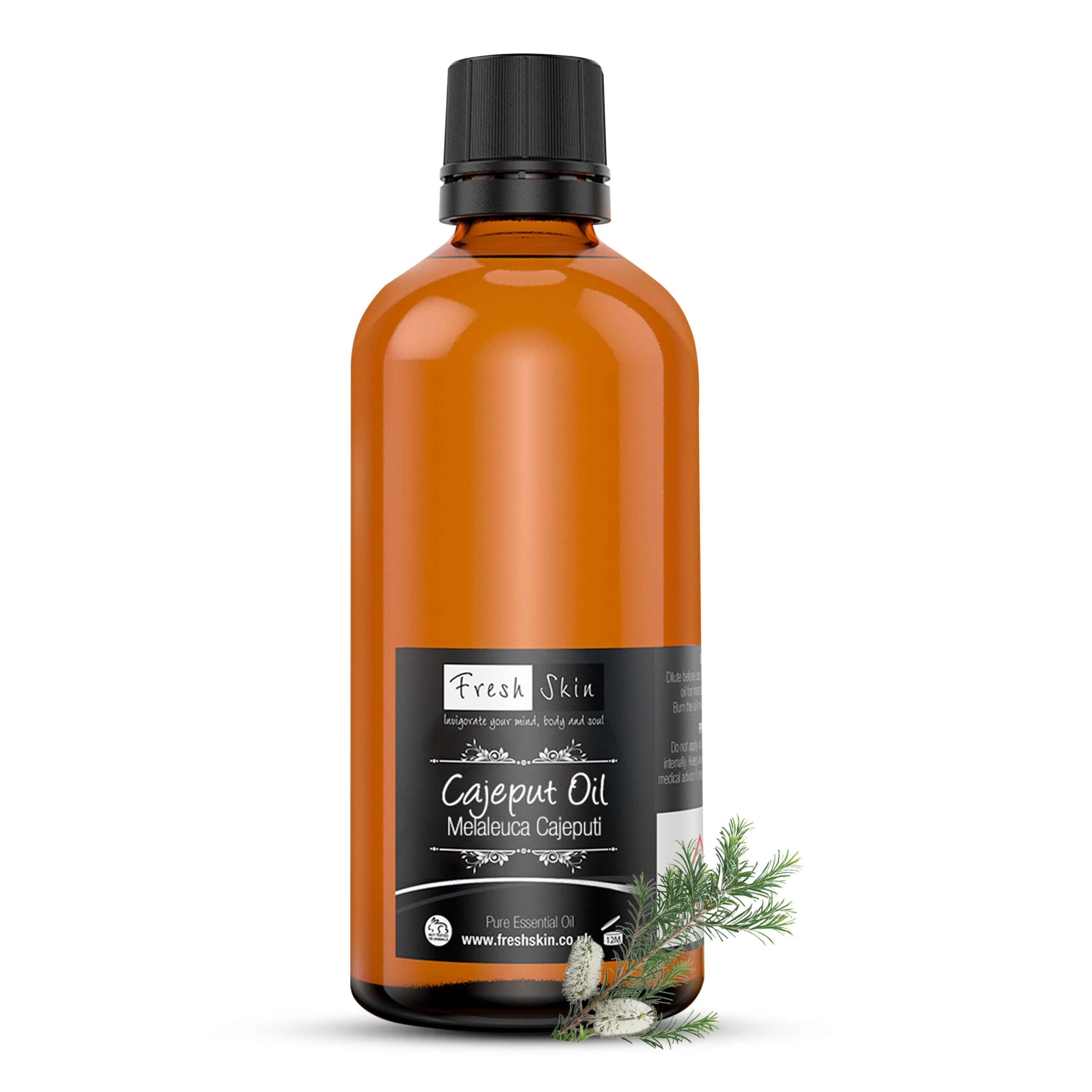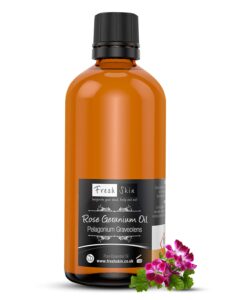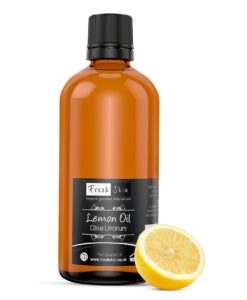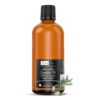Cajeput Essential Oil
From £4.95
We wildcraft this 100% pure cajeput essential oil from the leaves and twigs of the cajeput tree. Native to Indonesia, cajeput oil has a medium-strength, middle note aroma that helps the mind to focus and assists with concentration.
The fresh, clean scent of cajeput has a fruity note often likened to rosemary and cardamom.
 |
Sometimes known as ‘white tea tree oil’, cajeput essential oil is often used in massage blends, decongestants and insect repellents. If you’ve ever used Tiger Balm, cajeput is one of the product’s key ingredients.
Cajeput essential oil uses
With its uplifting, cleansing scent, it’s no surprise that cajeput oil has many medicinal uses even today. Thanks to its antibacterial and antifungal properties, it’s often used to keep infections at bay. When applied topically to minor wounds, it helps to protect against bacteria and promotes healing.
Many aromatherapists use cajeput as a trusty insect repellent. Add a few drops of the oil to water to create a homemade spray and use the insecticidal properties of cajeput to keep those bugs at bay. If you need extra protection, apply the solution topically to deter insects from contact with your skin.
Cajeput essential oil benefits
If you need an alternative oil to eucalyptus to help relieve congestion, cajeput is great for the respiratory system. That fresh forest-like fragrance helps to clear the airways and soothe chest problems, so we say add it to your diffuser as soon as someone in the household gets a cough or cold.
Some people find that cajeput essential oil is a natural pain reliever too, so it’s often mixed with a carrier oil and applied topically for the relief of headaches, mouth ulcers, sore throats, and toothaches. If you’re blending, cajeput oil blends really well with floral and herbal fragrances.
Cajeput essential oil facts
| Botanical name | Melaleuca cajeputi |
| Plant Part | Leaves and twigs |
| Extraction method | Steam distillation |
| Origin | Indonesia |
| Colour | Pale yellow |
| Consistency | Light |
| Note | Middle |
| Strength of aroma | Medium |
| Aromatic scent | A moderately fruity scent that is reminiscent of the combined fragrance of camphor, cardamom and rosemary |









Reviews
There are no reviews yet.